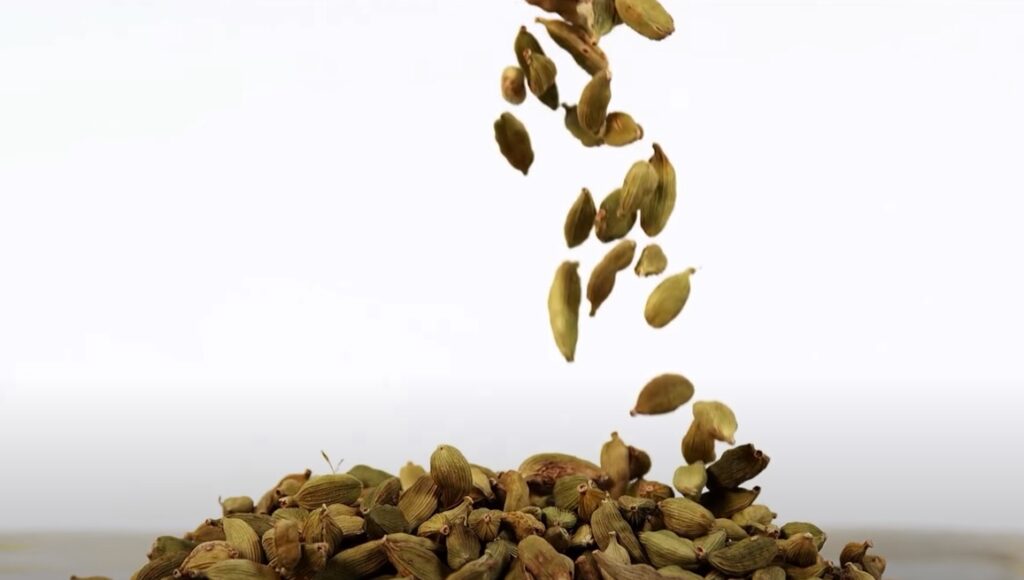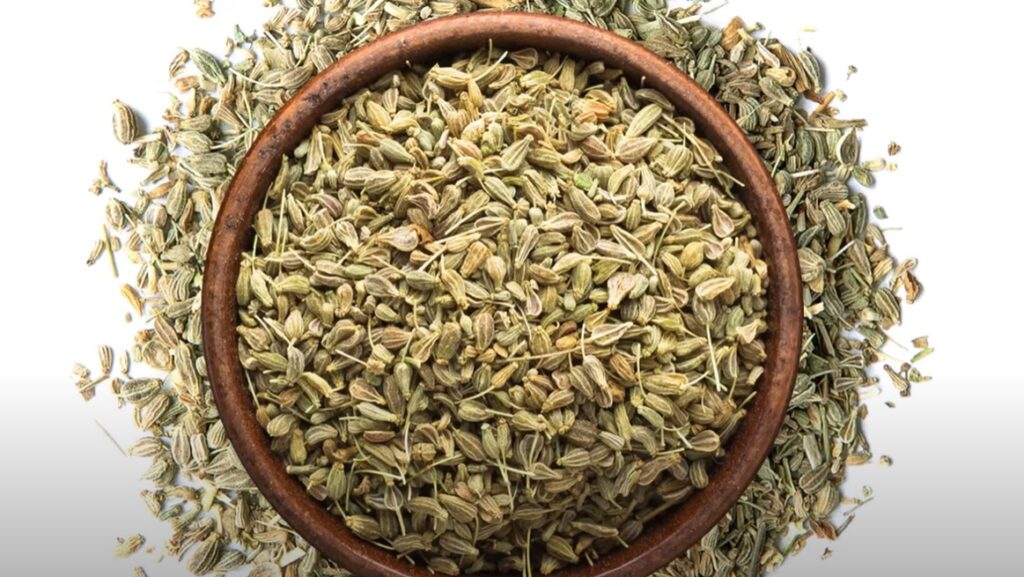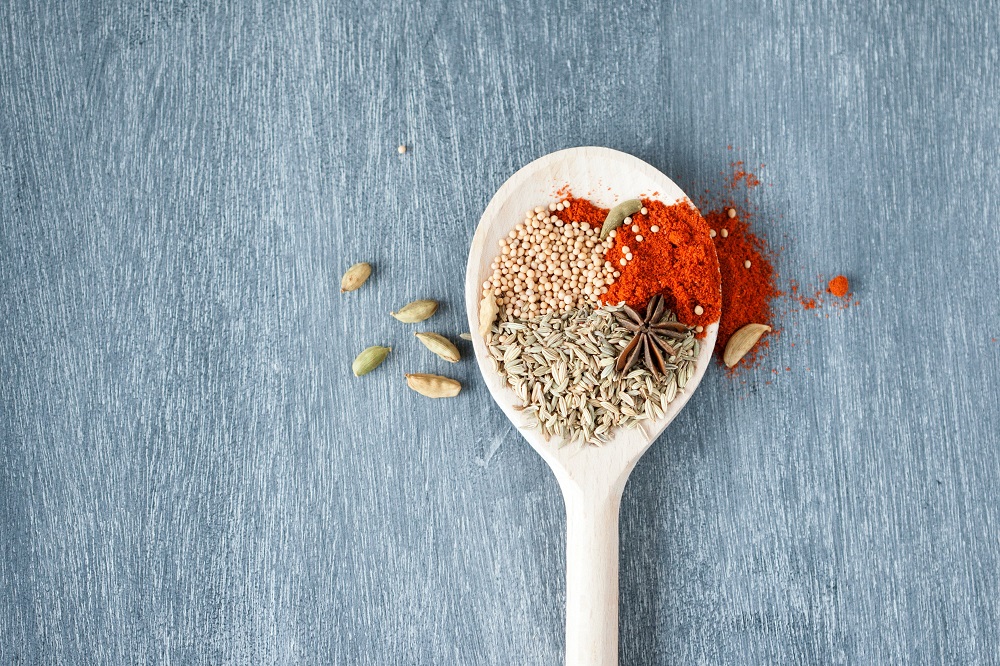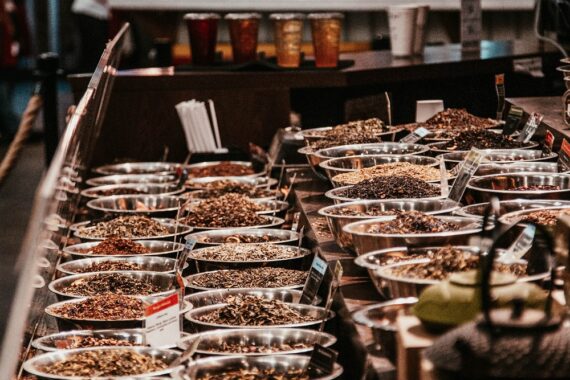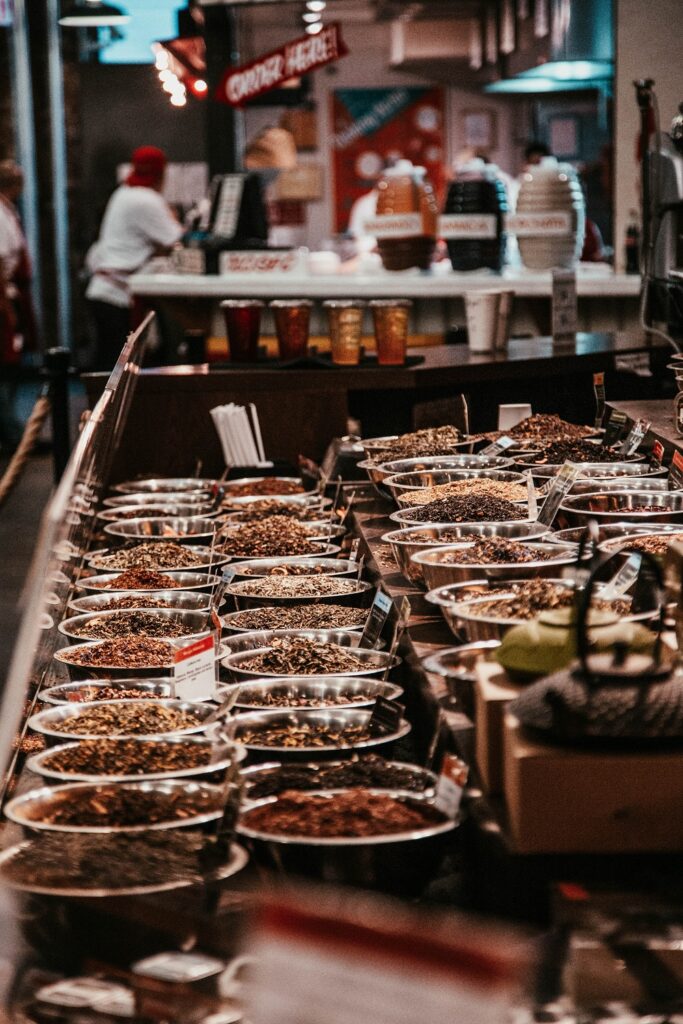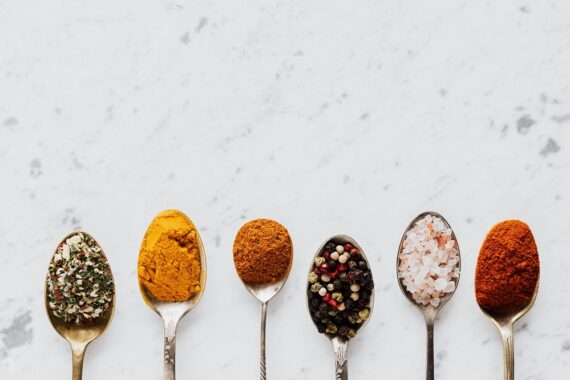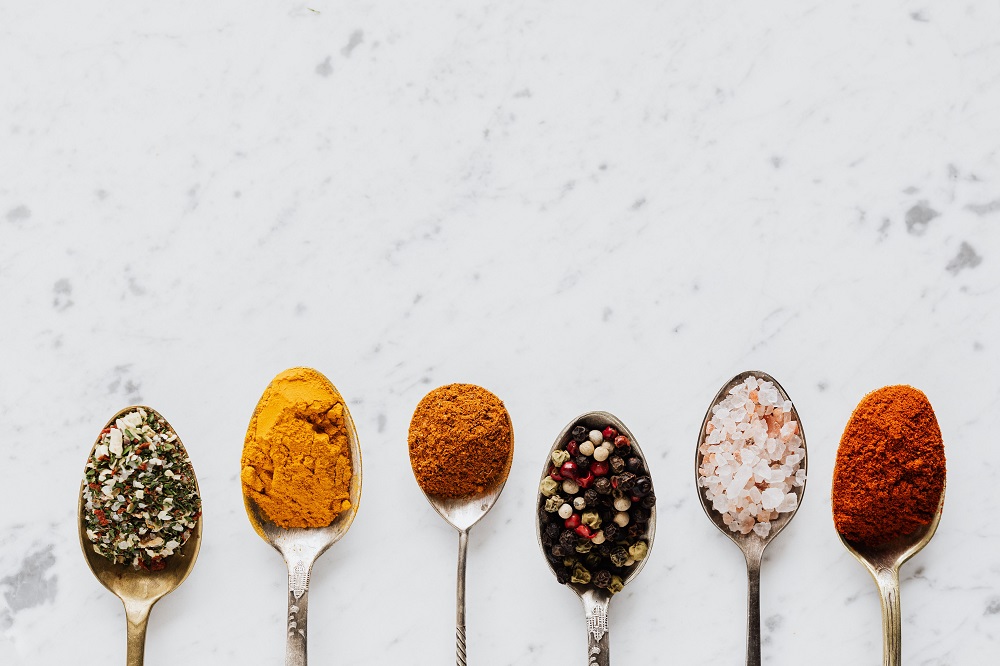Chili: History And Types

Chili spice, made from dried and powdered chili peppers, is a versatile and widely used ingredient in cuisines across the globe. Its origins are traced back to the Americas, where the chili pepper plant was first cultivated thousands of years ago. Over time, it has become an integral part of various regional cuisines and has played a significant role in shaping the culinary history of different parts of the world.
History:
The history of chili spice dates back to ancient times when the chili pepper plant was first cultivated in the Americas, particularly in regions now known as Mexico, Central America, and South America. The Mayans and the Aztecs were among the first to use chili peppers as a food ingredient, adding them to stews and other dishes to add flavor and heat.
Chili peppers are plants that belong to the nightshade family and are native to the Americas. They have been used for centuries not only as a food ingredient but also for medicinal purposes. The spicy heat in chili peppers comes from a compound called capsaicin, which binds to pain receptors in our mouths, creating the sensation of heat.
Chili peppers were introduced to Europe by the Spanish conquistadors in the 16th century, where they quickly gained popularity among the upper classes. In the 17th century, chili peppers traveled across the globe to India, where they were adopted as a staple ingredient in the country’s cuisine. Chili peppers were widely used in India because they offered a cheap and easy way to add flavor and heat to dishes, allowing them to be enjoyed by people of all walks of life.
Today, chili spice has become a universal ingredient, used in dishes from all over the world. Different types of chili peppers are now cultivated in various regions, each with their distinct flavor profiles and levels of spiciness.
Types of Chili Peppers:
There are many different types of chili peppers, each with its unique flavor and level of spiciness. Some of the most commonly used chili peppers include:
- Jalapeño – Jalapeño peppers are the most popular chili pepper in the United States. They are mild to moderate in spiciness, making them a versatile ingredient that can be used in a wide range of dishes, including sauces, salsas, and stews.
- Habanero – Habanero peppers are among the spiciest chili peppers in the world, with a heat rating of 100,000 to 300,000 Scoville units (a measurement of spiciness). These peppers have a fruity flavor with an intense heat that should be used with caution.
- Serrano – Serrano peppers are a bit spicier than jalapeños but milder than habaneros. They have a bright, clean flavor and are often used in salsas and sauces.
- Cayenne – Cayenne peppers are known for their spicy heat and are often used to add flavor and heat to dishes like chili con carne, curries, and stir-fries.
- Ancho – Ancho chili peppers are dried poblano peppers that have a mild, sweet flavor with a hint of smokiness. They are commonly used in Mexican cuisine in dishes like mole sauce and chili con carne.
Ways to Use Chili Spice:
Chili spice is an incredibly versatile ingredient that can be used in a wide range of dishes to add flavor and heat. Here are some popular ways to use chili spice:
- Chili Con Carne – Chili con carne is a classic dish made with ground beef, kidney beans, tomatoes, and a variety of spices, including chili powder. Chili powder is a blend of different spices that typically includes chili pepper, cumin, paprika, and garlic powder. It adds depth of flavor and just the right amount of heat to this hearty dish.
- Salsas – Salsas are a traditional Mexican sauce made from tomatoes, onions, chili peppers, and other ingredients. There are many different types of salsa, each with its unique flavor profile and level of spiciness. Salsas can be used as a dip for chips or as a topping for tacos, burritos, or nachos.
- Curry – Curry is a popular dish in Indian cuisine made with a variety of spices, including chili powder. The chili powder adds heat to the dish and is often balanced with the sweetness of coconut milk and the tanginess of tomatoes.
- Hot Sauce – Hot sauce is a condiment made from chili peppers, vinegar, and other ingredients. It is used to add heat and flavor to dishes or as a dip for foods like chicken wings or fries.
- Rubs – Rubs are a mixture of spices that are used to season meats before cooking. Chili spice can be added to rubs to add a spicy kick to grilled or roasted meats like chicken, pork, or beef.
Chili spice has been an essential ingredient in cuisines across the globe for centuries. From its humble beginnings in the Americas to its widespread use in Indian and Asian cuisines, chili spice has left its mark on the culinary history of different parts of the world. Today, it is a beloved ingredient that can be used in many different ways to add flavor and heat to dishes, from classic chili con carne to spicy hot sauce. With so many different types of chili peppers available, there is a chili spice for every palate and every dish.
